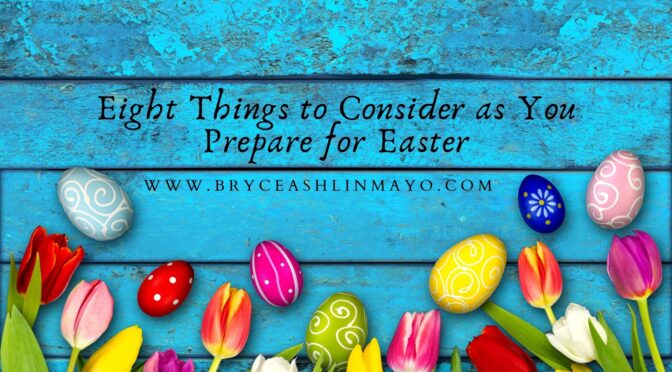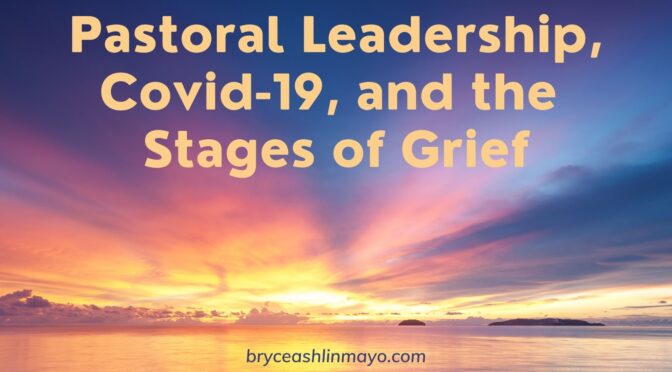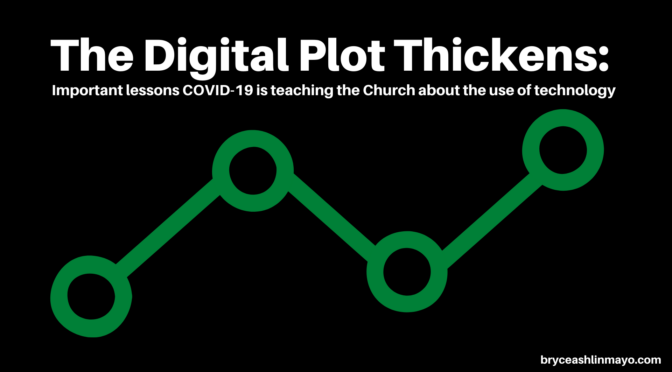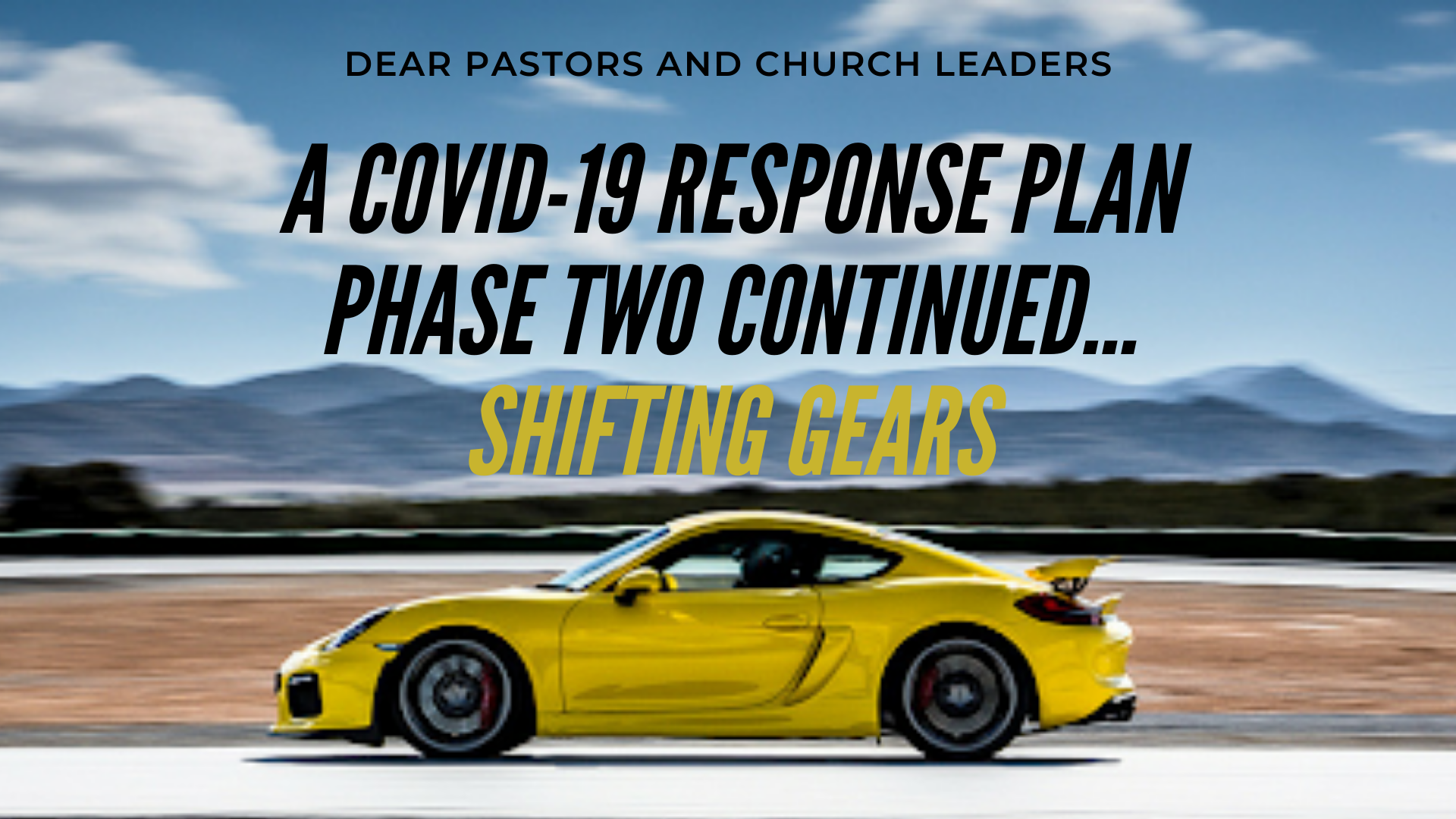Easter is coming (April 4th)!
As the highpoint of the Christian calendar, it is the most attended Sunday service of the church year. As we approach the second Easter of the pandemic, I believe it is time to lean in hard this Easter. Don’t fall into the temptation to simply accommodate things online this Easter, but intentionally and creatively design things to thrive digitally this year.
The following are eight things to consider as we plan and prepare for Easter 2021:
Be Digital by Default
Depending on where you live, you may be able to have some people in the room for Easter services (in my area that is currently limited to 15%) but the majority of people will join you digitally. This is especially true of anyone who will come for the first time. As a result, don’t dismiss your digital presence and experience. Recognize the uniqueness of digital culture and plan accordingly. Be digital by default and use this Easter to connect with more people than ever before. Boost social media posts (targeting people in your community), encourage your people to share the services with their connections, be creative and embrace the four shifts of digital culture: Experience as Story, Experience as Participation, Relational Authority and Tribalism (I talk about these in my book Digital Mission and the Digital Mission Course).
Be Creative
As we move into the Easter season, this is a season to embrace creativity as you engage online. Reject the temptation to simply do what you would have done in-person and assume it will work online in the same way. It won’t! Find ways to tell the Easter story that are more creative and engaging (especially for digital culture). This doesn’t have to be overly complicated, but this season does provide the unique opportunity to do things you have never done before.
Be Memorable
This will be a unique season in the life of your church. Resist the temptation to just make it through. Have your team(s) ask, “how can we make this year’s Easter one of the most memorable for our people and community?” What are some memory creating moments in the season that will help foster engagement, expectancy and community? To that end, perhaps consider ways you can celebrate baptism, have a Church-wide online party with fun surprises, give creative Easter baskets to families in your church, find a way to creatively share the message of Easter that leads to response, etc. Whatever you do, use this season to increase engagement, make memories and foster community.
Be Missional
Because you will be more intentionally online this Easter, extend your reach. Lead a campaign for your people to share your services online by inviting their neighbours and friends, use Facebook Watch Parties, boost services with paid social media ads and engage with your community. Find ways to serve your community in this season. We discovered that people are itching to serve others and one of our most effective community engagement strategies is to help people serve others. Maybe it is creative Easter baskets for long-term care home residents, a fun and safe Easter-themed social activity for the community, etc. This is the season to reach far and wide into the community that God has strategically placed you in.
Be Social
People are desperate for community. Consider how you can help people get connected in your church and move from connection to community. Community is possible digitally (I argue in Digital Mission that it is just built in reverse). Find ways to connect with people and welcome them into your church community.
Be Hopeful
If there was ever a season to preach about the hope of the resurrection, this is the year. Don’t shy away from hope. People are desperate for it! Whatever your theme, the message of Easter is the message that we are hardwired to hear, and this season people are more attuned to hear this message than ever before. Don’t shy away from preaching the Good News of the resurrection!
Be Personal
This is the time to connect with people in personal ways. Everything online is personal (your newsfeed, the items curated for you on Amazon, your search engine results, etc.). Make your digital relationship with your congregants personal as well. This is easier in smaller church contexts but anything you can do to make Easter more customized for individuals and families will communicate your love and care for them. As people become increasingly expectant of a personal touch, the church can do this in unique and extremely meaningful ways. Take time with your team to discuss how you can make your Easter more customized for each of your community’s individuals and families (for example, if you are doing a gift bag, basket or box, customize with a handwritten note, with items curated for their unique family make up, and if you include pre-packaged food of some kind recognize those who are celiac, diabetics, etc.). This will communicate care and concern!
Be Gentle
This has been an extremely hard season. Be gentle with yourself! This has all been rather overwhelming and you are learning things that are beyond your regular areas of competency. Avoid comparing with others and simply and importantly love the people in your care. Be creative in your context. Don’t be tempted to look at the church down the block or online. Find ways to be digital, creative, memorable, missional, social, hopeful and personal in your context and avoid the comparison game. Whatever God is calling you to, do that!
As I have repeatedly said to pastors in this season, you are doing better than you think you are in terms of ministry effectiveness (it is just that all of your conditioned gauges of effectiveness are no longer working because they are all conditioned to in-person metrics and feedback). Additionally, pay attention and care for yourself with lots of understanding and grace (this has been the most difficult season to lead in our generation and don’t under-estimate the impact on you).
Be gentle with yourself!







